White peonies are most of the maximum lovely and conventional perennials you could expand on your lawn. Their large, fragrant blooms and lush foliage make them a favorite preference for gardeners who need to feature splendor and class to their outside regions.
In this comprehensive guide, we’ll cover everything you need to understand approximately growing and worrying for white peonies, from choosing the right variety to planting, keeping, and taking components in those breathtaking flowers year after year.
Peonies appear for his or her long lifespan, regularly thriving for many years with minimum care. When you plant a white peony, you’re now not simply consisting of a beautiful flower for your garden, however you’re additionally growing a legacy of splendor that may be cherished for generations. We’ll additionally discover a number of the maximum famous white peony sorts, at the side of their blooming intervals, pinnacle, and particular characteristics.
Why Choose White Peonies?
White peonies convey a feel of purity, elegance, and undying beauty to any lawn. Their large, fluffy blooms create an eye-catching display, whether or not planted in formal beds or as part of a casual cottage garden.white peonies often represent prosperity, suited fortune, and romantic elegance, making them a popular desire for marriage ceremony bouquets and unique occasions.
One of the biggest benefits of white peonies is their versatility. They combine fairly with some of the unique vegetation and plant life, complementing almost any garden style. White peonies additionally have a long blooming length, usually performing in overdue spring to early summer season, and their lush green foliage remains attractive at some level within the developing season.
Popular White Peony Varieties

White peonies are available in many one in every of a kind types, every supplying its very own particular attraction. Below, we’ve highlighted a number of the maximum preferred white peony types, their blooming periods, top, and trends, so you can pick out the exceptional ones for your lawn.
1. Festiva Maxima peony
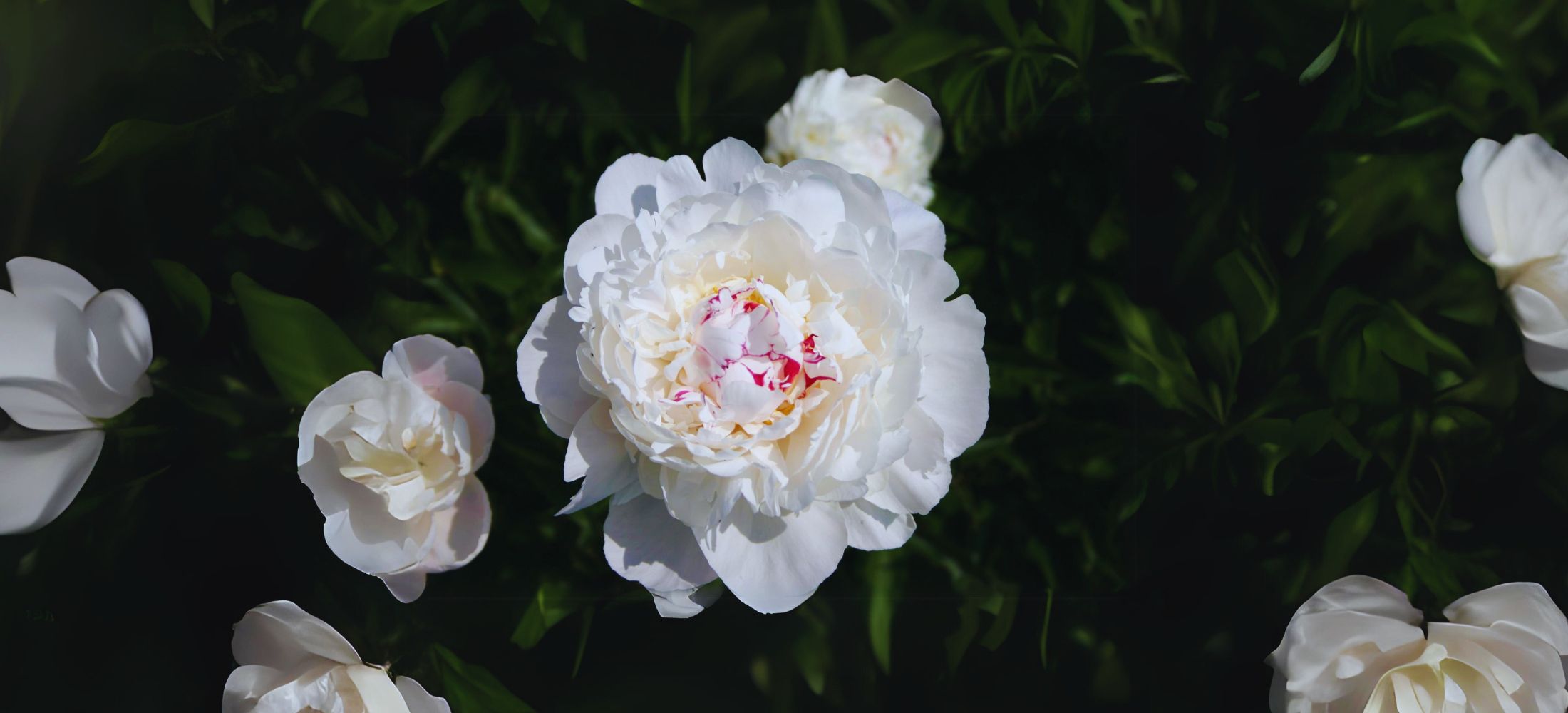
- Blooming Period: Late Spring to Early Summer
- Height: 3-4 feet
- Color: Pure white with a touch of purple flecks within the middle
Festiva Maxima peony is one of the oldest and maximum revered white peonies. It produces big, fragrant blooms with sensitive crimson streaks in the middle, including a touch of drama to its otherwise natural white look. This variety is good for gardeners looking for a traditional, antique style peony.
2. Bride’s Dream peony
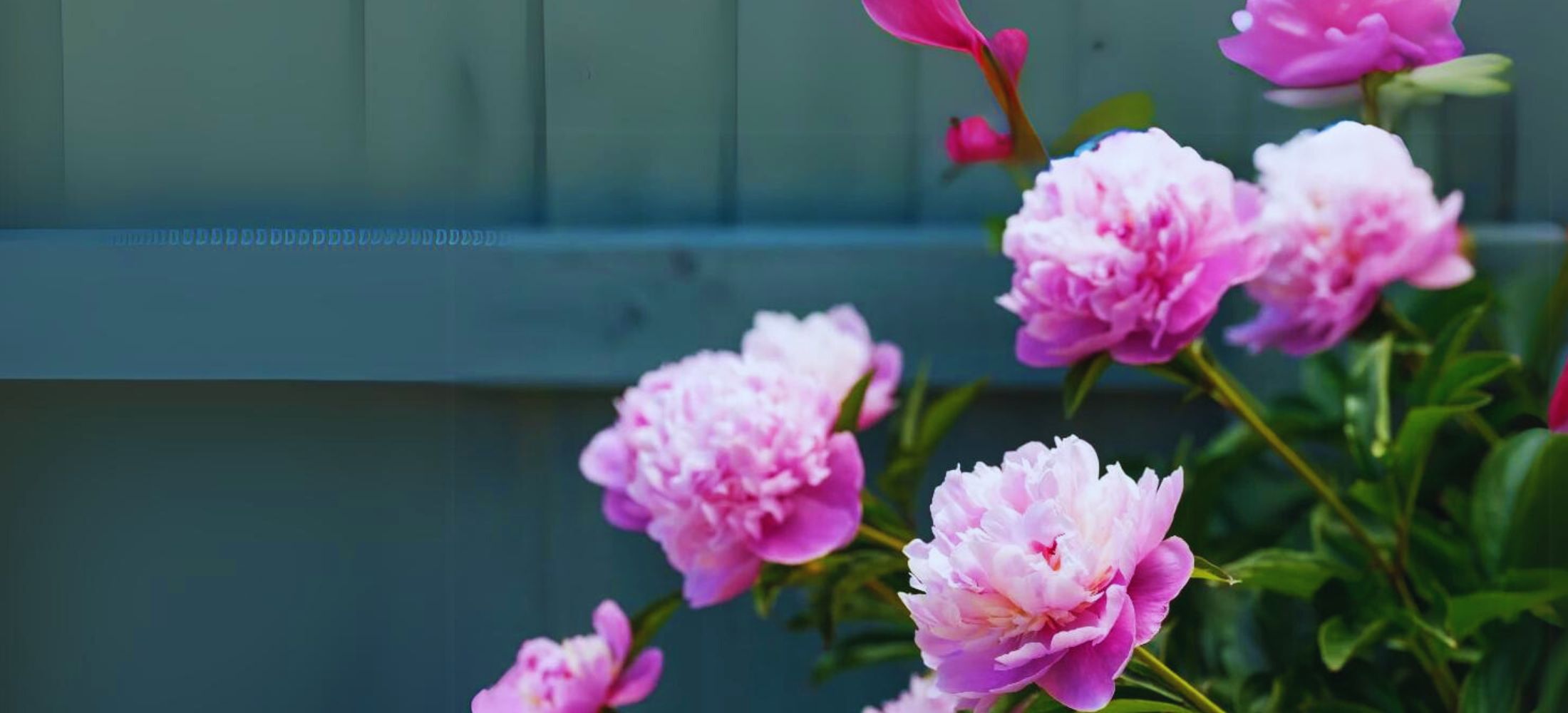
- Blooming Period: Late Spring to Early Summer
- Height: 2.5-3 feet
- Color: Pure white
Bride’s Dream peony is a top notch, pure white peony with big, fragrant blooms that open to expose layers of silky petals. As the call suggests, it’s a famous choice for bridal bouquets and lawn weddings.
3. White Wings plant

- Blooming Period: Early to Mid-Summer
- Height: 2-three feet
- Color: Bright white
White Wings is thought for its huge, unmarried-petaled vegetation with natural white petals and a golden center. It’s easy however setting blooms makes it an extraordinary preference for each garden and flower arrangement.
4. Mother’s Choice plant
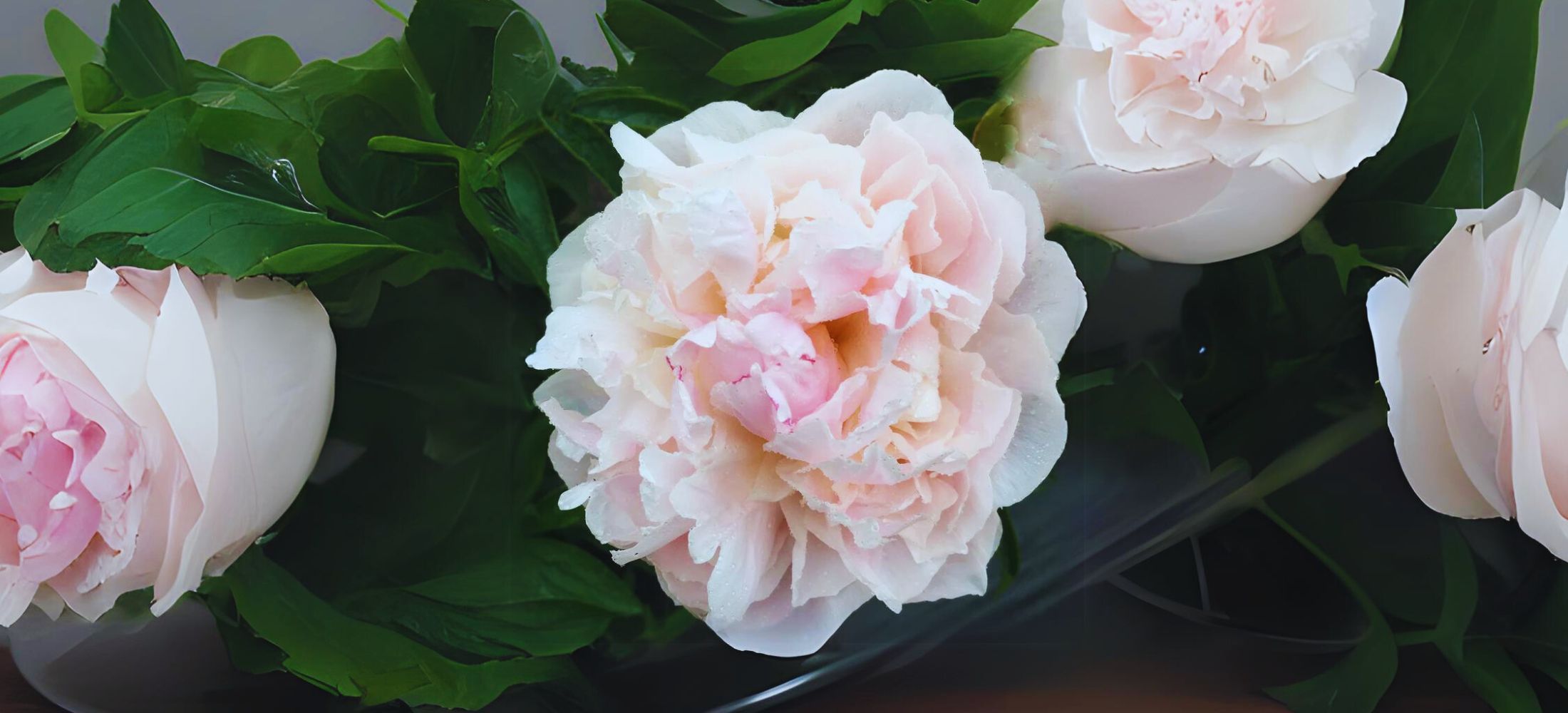
- Blooming Period: Mid-Summer
- Height: 3-four ft
- Color: Creamy white
Mother’s Choice features creamy white, completely double blooms with a gentle perfume. Its dense, complete vegetation and sturdy stems make it perfect for reducing.
5. Gardenia

- Blooming Period: Late Spring
- Height: 3-3.5 ft
- Color: Ivory white
Gardenia peony resembles the gardenia flower with its creamy ivory blooms that are rich in perfume. It’s a top notch addition to cottage gardens and formal landscapes.
6. Avalanche plant
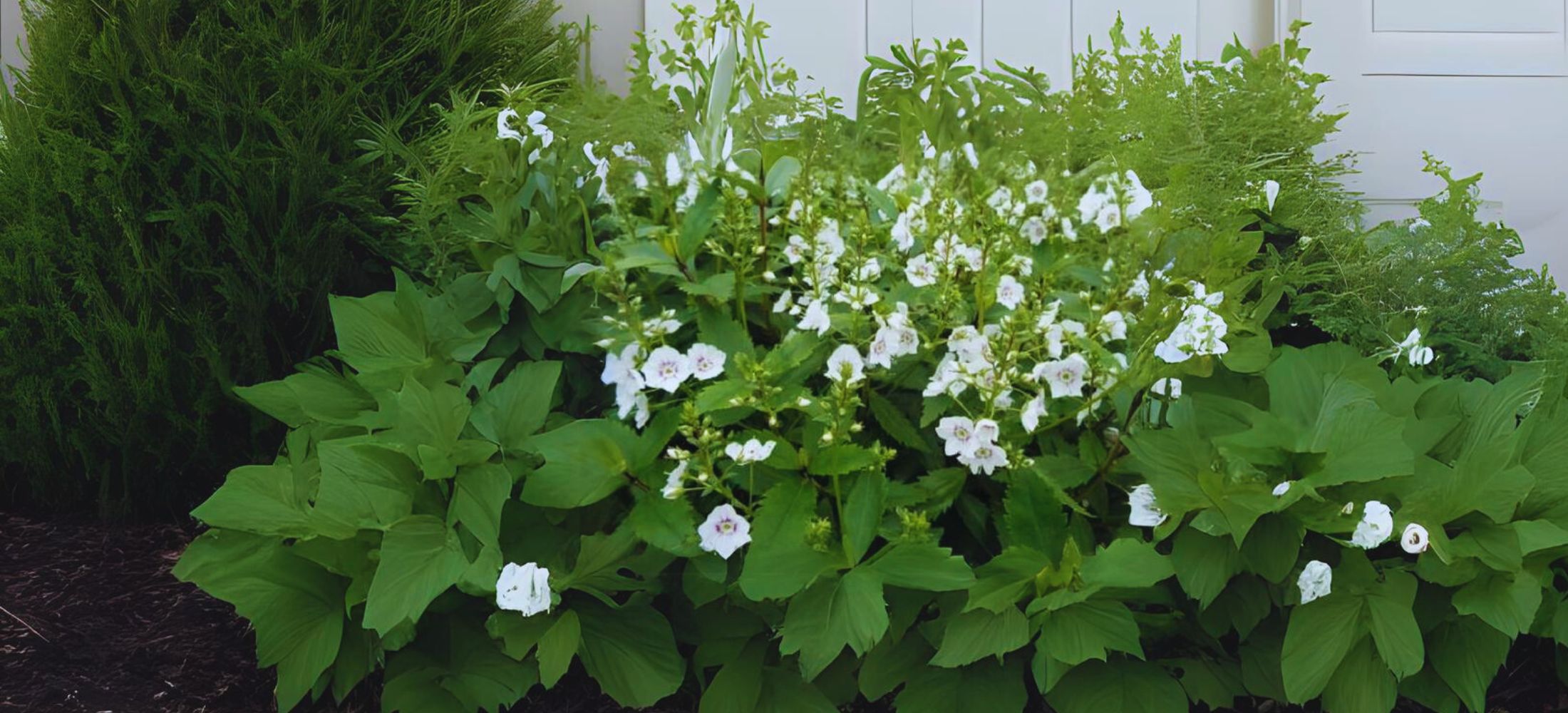
- Blooming Period: Early Summer
- Height: 3-four feet
- Color: Snowy white
Avalanche produces adorable, absolutely double snow-white blooms with a slight yellow undertone in the middle. This range is right for adding a fab, crisp appearance on your lawn.
7. Honey Gold plant
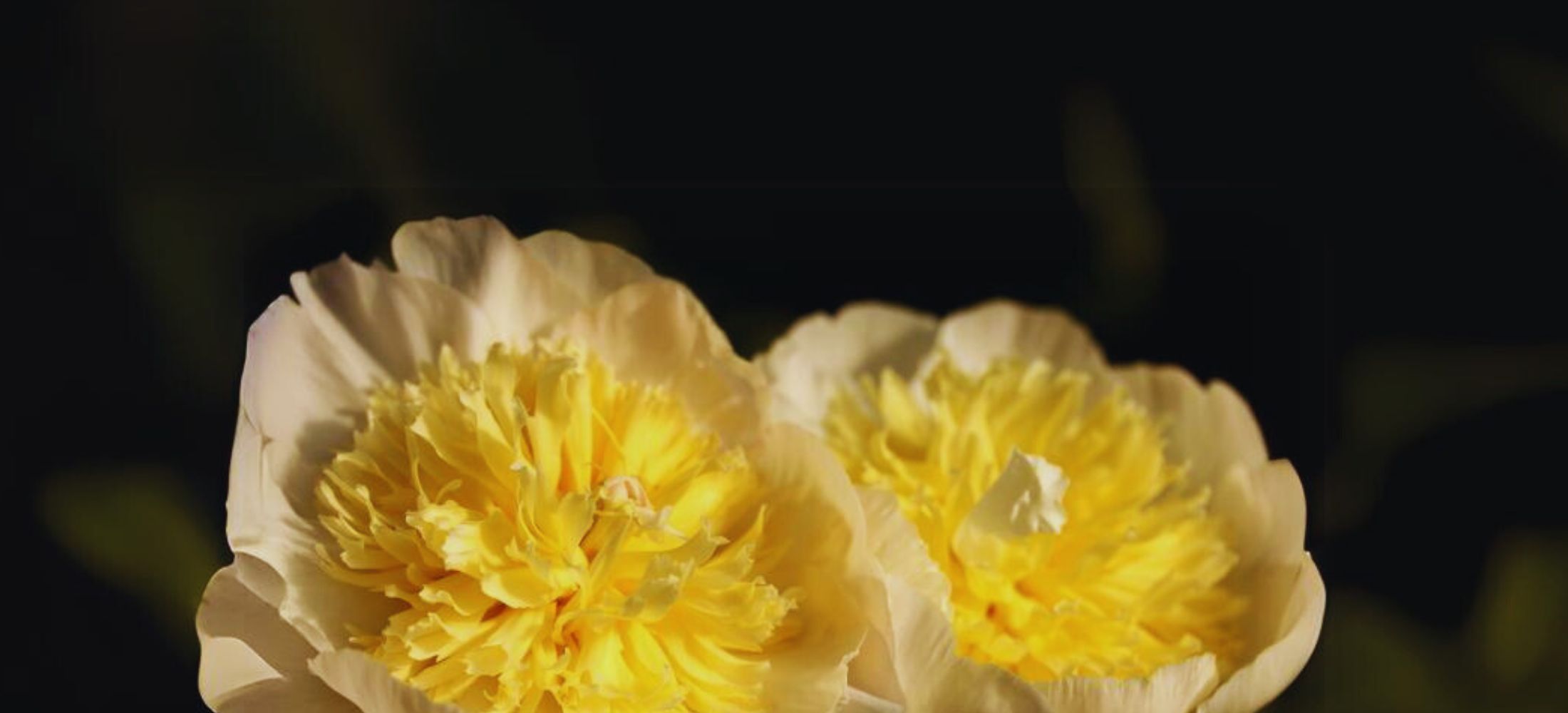
- Blooming Period: Early to Mid-Summer
- Height: 3 feet
- Color: White with golden middle
Honey Gold is a semi-double peony with white outer petals and a placing yellow center. The contrast of white and gold makes it a standout in any garden.
8. Duchess of Portland plant

- Blooming Period: Late Spring to Early Summer
- Height: 2.5-three toes
- Color: Creamy white
This stylish peony has creamy white petals with a subtle pink tint due to the fact the flora open. It’s a compact plant, ideal for small gardens or as a border plant.
9. Shirley Temple plant

- Blooming Period: Mid-Summer
- Height: three-four feet
- Color: White with a touch of purple
Shirley Temple peony starts off evolved with blush-pink blooms that fade to vibrant white as they mature. Its big, whole blooms and amazing perfume make it a famous preference for gardeners.
When and Where to Plant White Peonies
White peonies are pretty smooth to expand but deciding on the right time and location is critical for their lengthy-term health and blooming fulfillment. These fashionable plants want the right environment to thrive and produce their signature massive, aromatic blooms.
Proper making plans whilst choosing your planting time and place will make sure that your white peonies flourish for destiny years.The planting way includes greater than simply setting the roots inside the ground; you want to not forget the climate, soil situations, and daylight publicity.
With cautious interest to the ones factors, your white peonies turn into a dependable centerpiece of your garden, adding undying splendor yr after year.
Best Time to Plant White Peonies
The best time to plant white peonies is in early fall, generally between September and October. At this time, the soil remains warm enough for root improvement even as the cooler air temperatures help lessen the stress on the plant.
Planting in fall gives white peony sufficient time to establish strong roots before wintry weather sets in, making sure they have got a strong foundation for the coming spring. Peonies are hardy flora that could face up to wintry climate’s bloodlessness, so by the time spring arrives, your flowers can be prepared to push out an active new boom.
Spring planting is viable, however it’s now not as fine as fall planting. In spring, the roots don’t have a splendid deal time to settle earlier than the developing season starts off, that could put off bloom production.
Planting at some point of the warmth of summer time isn’t encouraged, as the latest, dry weather can strain younger vegetation and preclude root improvement. So, for the satisfactory outcomes, usually goal to plant white peonies in early fall.
Choosing the Right Location
When deciding on a region to your white peonies, choose a gap that receives full solar to partial coloration, with at least 6 hours of direct daylight in line with day. While peonies can tolerate partial shade, an excessive amount of color will result in fewer blooms, so it’s essential to strike a balance.
A sunny place will inspire wholesome growth and ample flowering. Make certain the internet site on line you choose allows the plants hundreds of space to grow without overcrowding from exceptional vegetation.
Peonies decide on nicely-worn-out soil, as they do not like “moist fat” or sitting in status water, which could bring about root rot. If your lawn soil is heavy clay or poorly draining, keep in mind amending it with compost or planting in raised beds to enhance drainage. Once established, peonies don’t like to be moved, so pick out a permanent location wherein they are able to live undisturbed for many years.
How to Plant White Peonies
Materials Needed:
- White peony roots or field-grown plants
- Compost or natural rely
- Mulch (bark, leaf mildew, or straw)
- Shovel or spade
Step-by means of-Step Planting Guide:
- Prepare the soil: Dig a hollow about 2 feet sizeable and 2 toes deep, and mix compost or natural rely into the soil to improve drainage and fertility.
- Position the plant: Place the peony root or plant inside the hollow, making sure the eyes (buds) aren’t any greater than 1-2 inches underneath the soil surface. Backfill the hole with soil, lightly urgent it right all the way down to take away air pockets.
- Water very well: After planting, water the peony well to help settle the soil and inspire root established order. Continue to water frequently throughout dry durations, particularly in the course of the first growing season.
- Mulch: Apply a layer of mulch throughout the base of the plant to maintain moisture, suppress weeds, and defend the roots at some point of the winter months.
Caring for White Peonies
Watering:
White peonies are exceedingly drought-tolerant once established, but they pick out regular moisture, specifically at some point of dry spells. Water deeply as quickly as per week, especially during the developing season, to keep the soil wet but now not waterlogged.
Fertilizing:
Peonies take advantage of a sluggish-release fertilizer implemented in early spring. Use a balanced fertilizer or natural compost to promote healthy increase and plentiful blooms. Avoid over-fertilizing, as this may bring about lush foliage at the rate of flowers.
Pruning and Deadheading White Peonies
Pruning:
Peonies require minimal pruning, however you want to cast off any useless or broken stems in early spring to maintain the plant wholesome. After the blooming duration, lessen again the flower stems to inspire glowing increase and prevent the plant from placing electricity into seed production.
Deadheading:
Deadheading spent blooms is crucial to preserve the arrival of your peony plants. After the vegetation fades, lessen the stems all the manner right down to the primary set of leaves to encourage new blooms and save you the plant from turning into leggy.
Common Problems with White Peonies and How to Solve Them
1. Botrytis Blight:
Botrytis blight is a not unusual fungal sickness that could affect white peonies, specially in wet or humid conditions. It causes the buds to show brown and decay earlier than they open.
Solution: Remove any affected plant additives and make sure proper air flows across the vegetation. Avoid overhead watering and exercise a fungicide if necessary.
2. Powdery Mildew:
Powdery mold can appear as a white, powdery coating at the leaves of peonies, especially in late summer time.
Solution: To save you powdery mold, plant white peony in areas with appropriate air circulation and complete sun. If mildew occurs, treat with the proper fungicide and cast off affected leaves.
Conclusion
White peonies are a timeless and elegant addition to any lawn, imparting large, fragrant blooms that add splendor and class. By deciding on the right kinds, planting them in most reliable conditions, and presenting easy care, you may enjoy their lovely show twelve months after 12 months. From the traditional Festiva Maxima to the Gardenia, those white peony kinds deliver a hint of cost and serenity to your garden.
Read more: How to Save a Dying Yucca Plant:2024 Guide

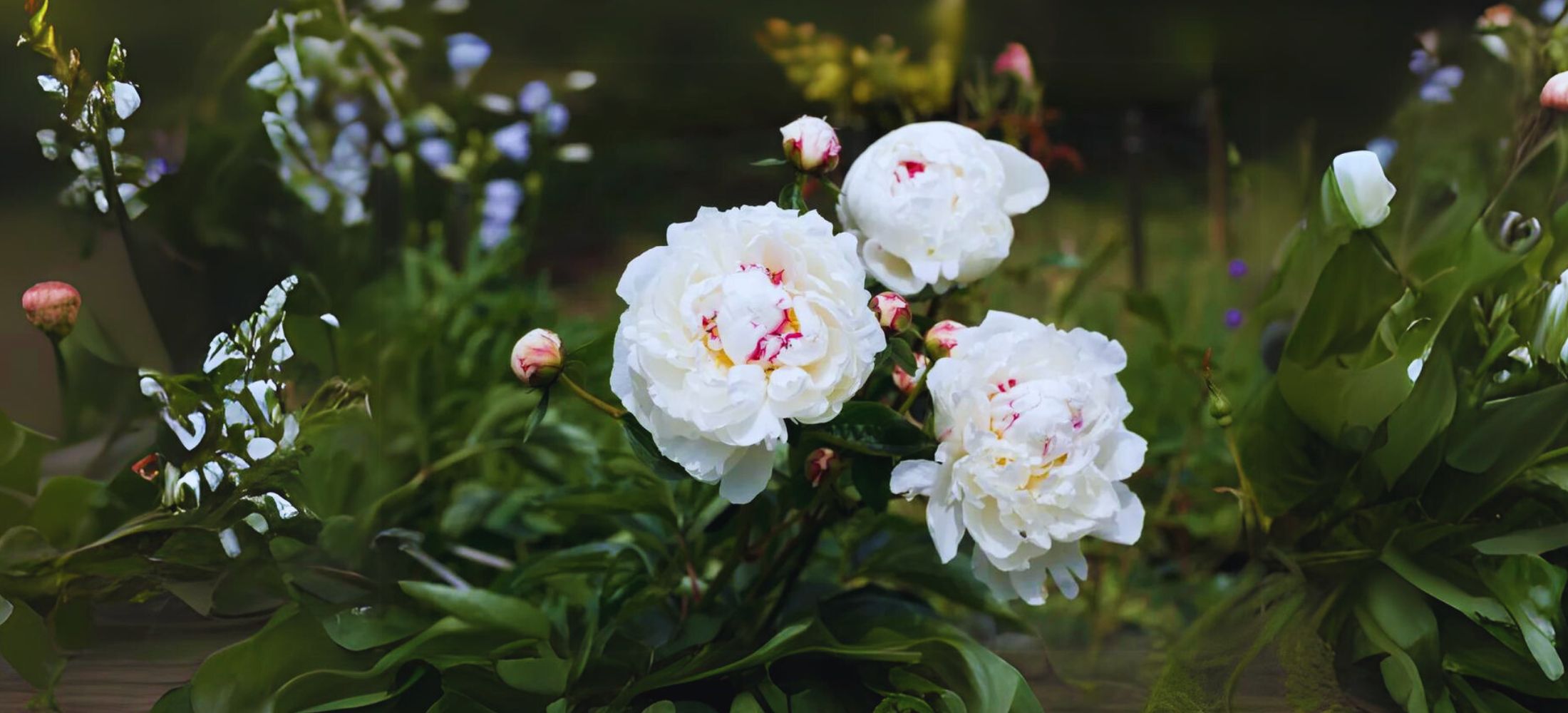

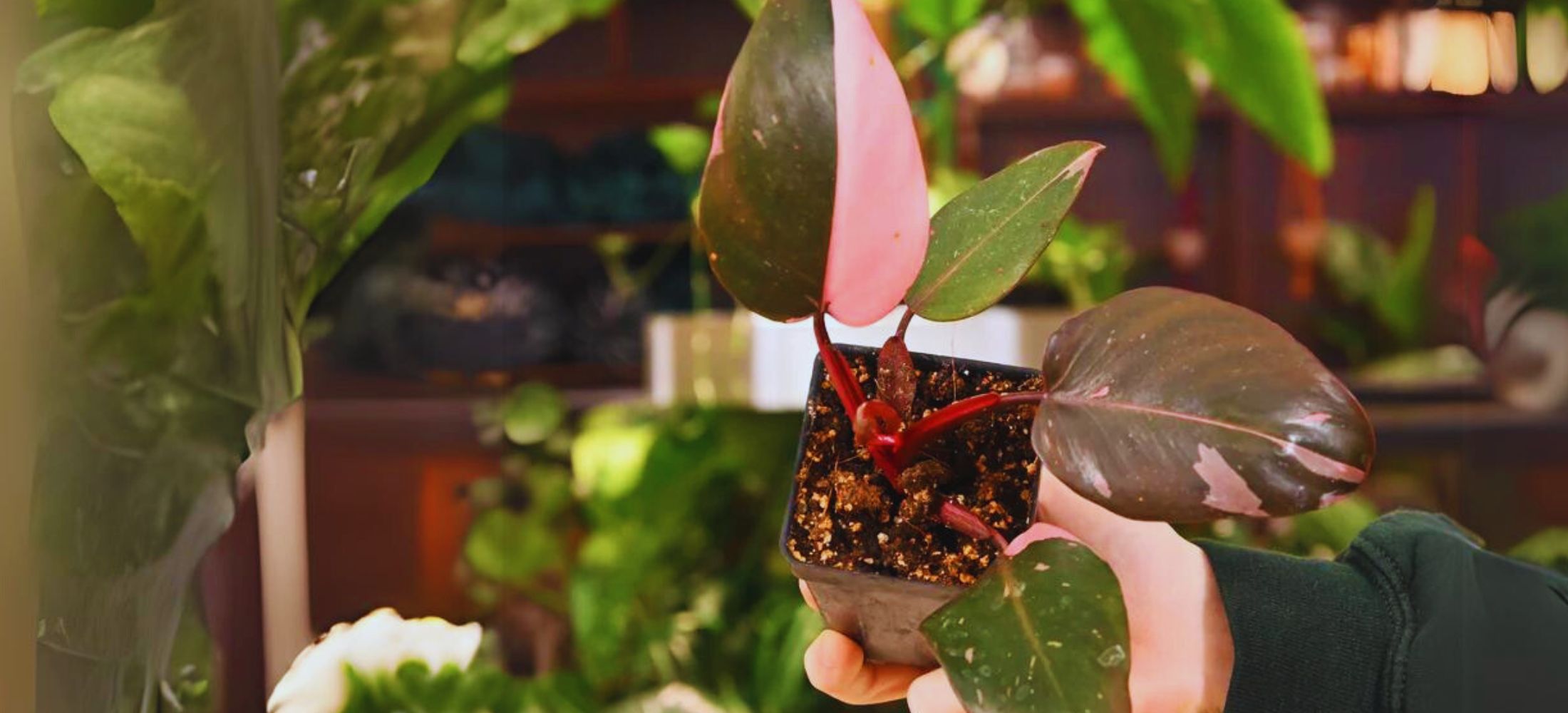
2 thoughts on “How to Grow beautiful White Peonies: A Complete Guide_2024”